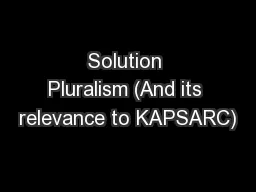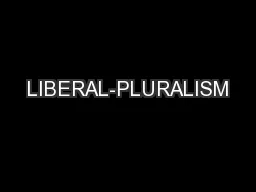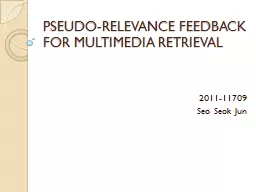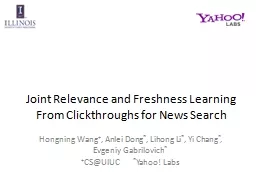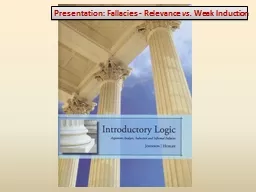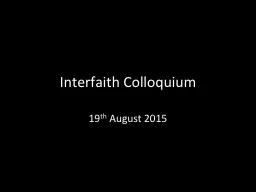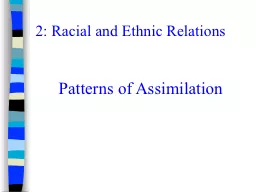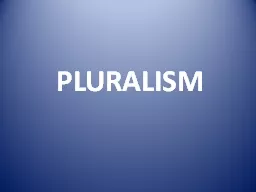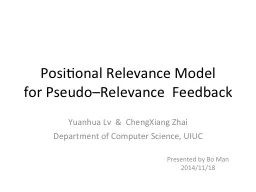PPT-Solution Pluralism (And its relevance to KAPSARC)
Author : botgreat | Published Date : 2020-06-18
Steven O Kimbrough 22 May 2014 File KAPSARCTalk20140522pptx Outline Motivations and basic concepts Whats this about and why Example 1 GAP etc Show you once Example
Presentation Embed Code
Download Presentation
Download Presentation The PPT/PDF document "Solution Pluralism (And its relevance to..." is the property of its rightful owner. Permission is granted to download and print the materials on this website for personal, non-commercial use only, and to display it on your personal computer provided you do not modify the materials and that you retain all copyright notices contained in the materials. By downloading content from our website, you accept the terms of this agreement.
Solution Pluralism (And its relevance to KAPSARC): Transcript
Download Rules Of Document
"Solution Pluralism (And its relevance to KAPSARC)"The content belongs to its owner. You may download and print it for personal use, without modification, and keep all copyright notices. By downloading, you agree to these terms.
Related Documents

